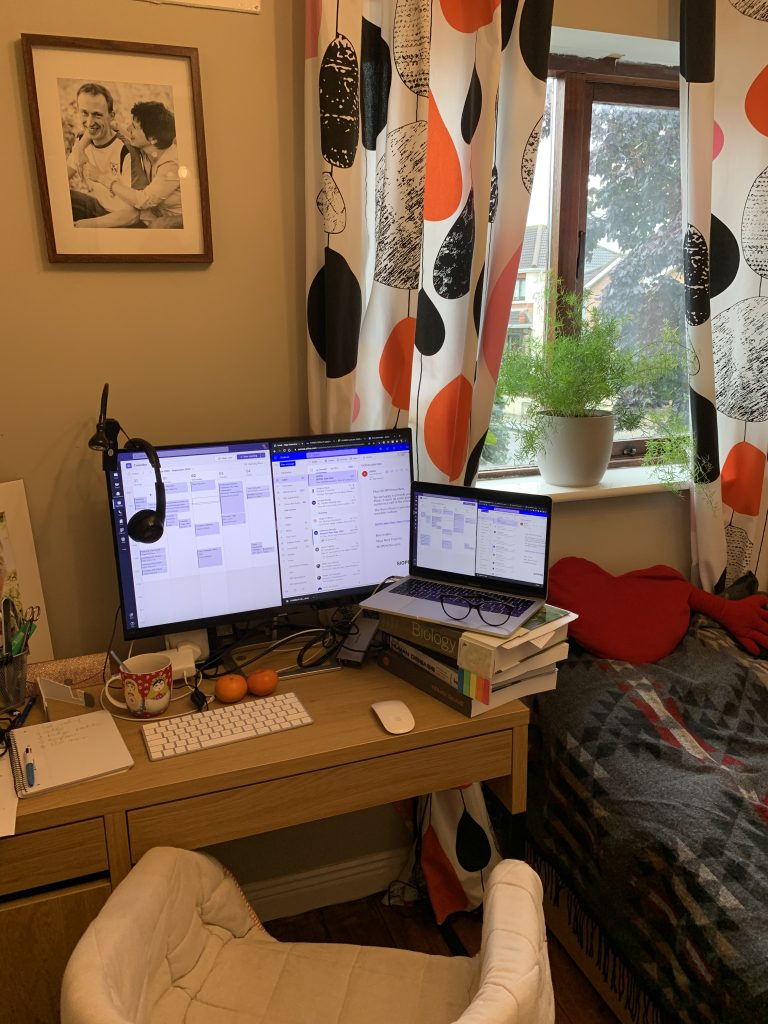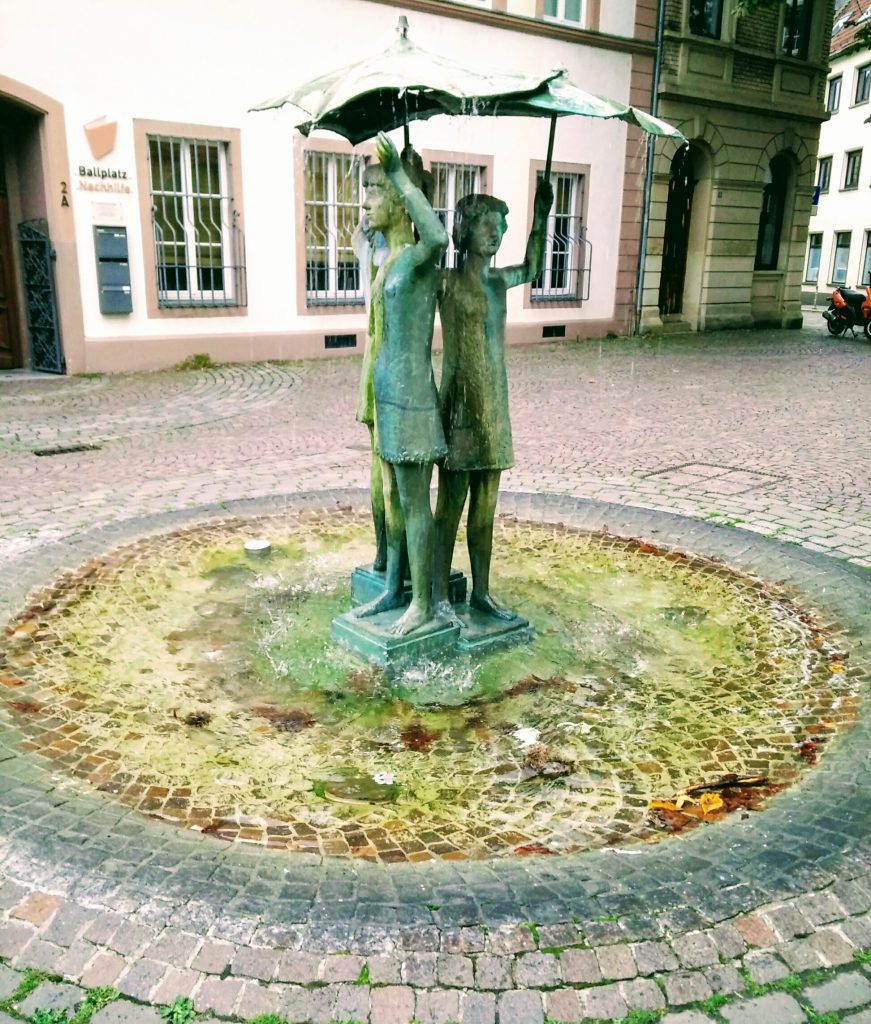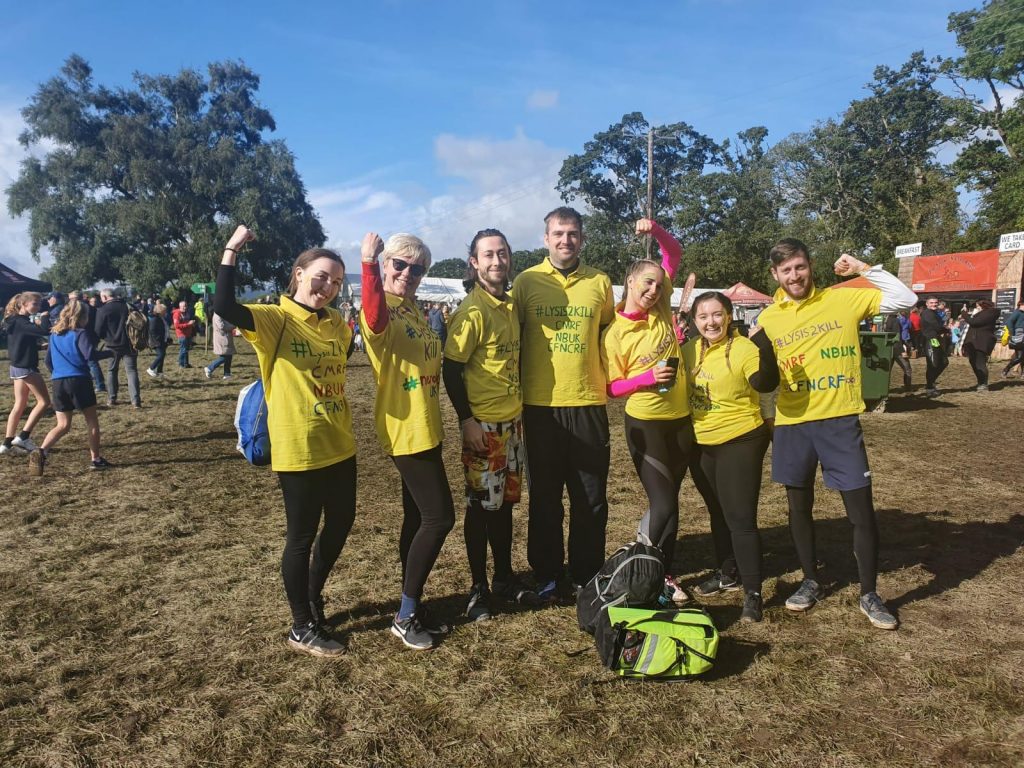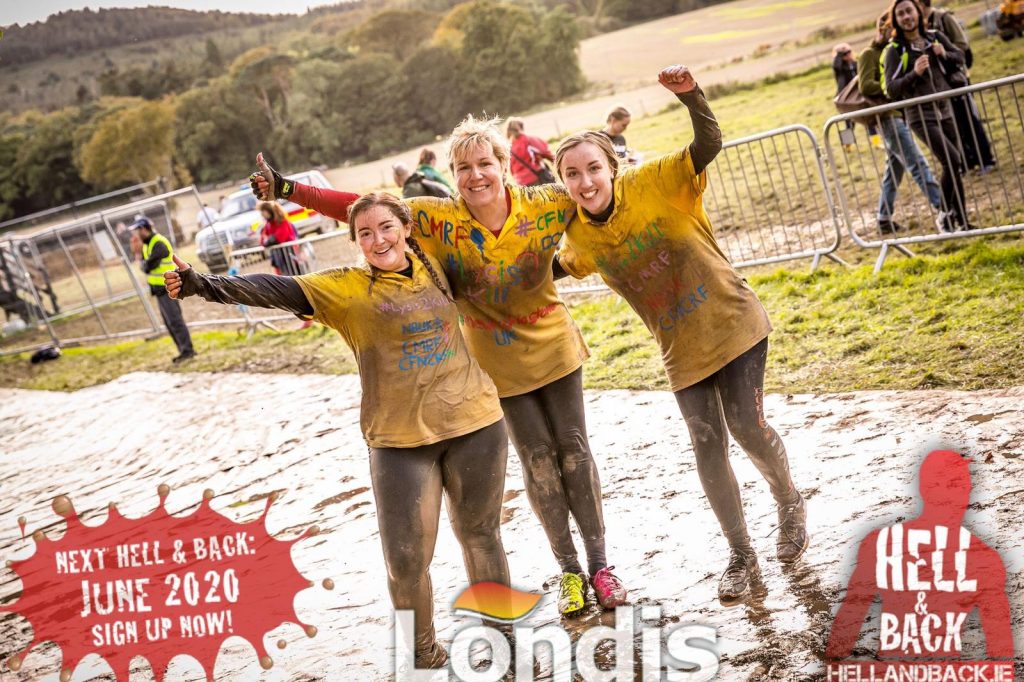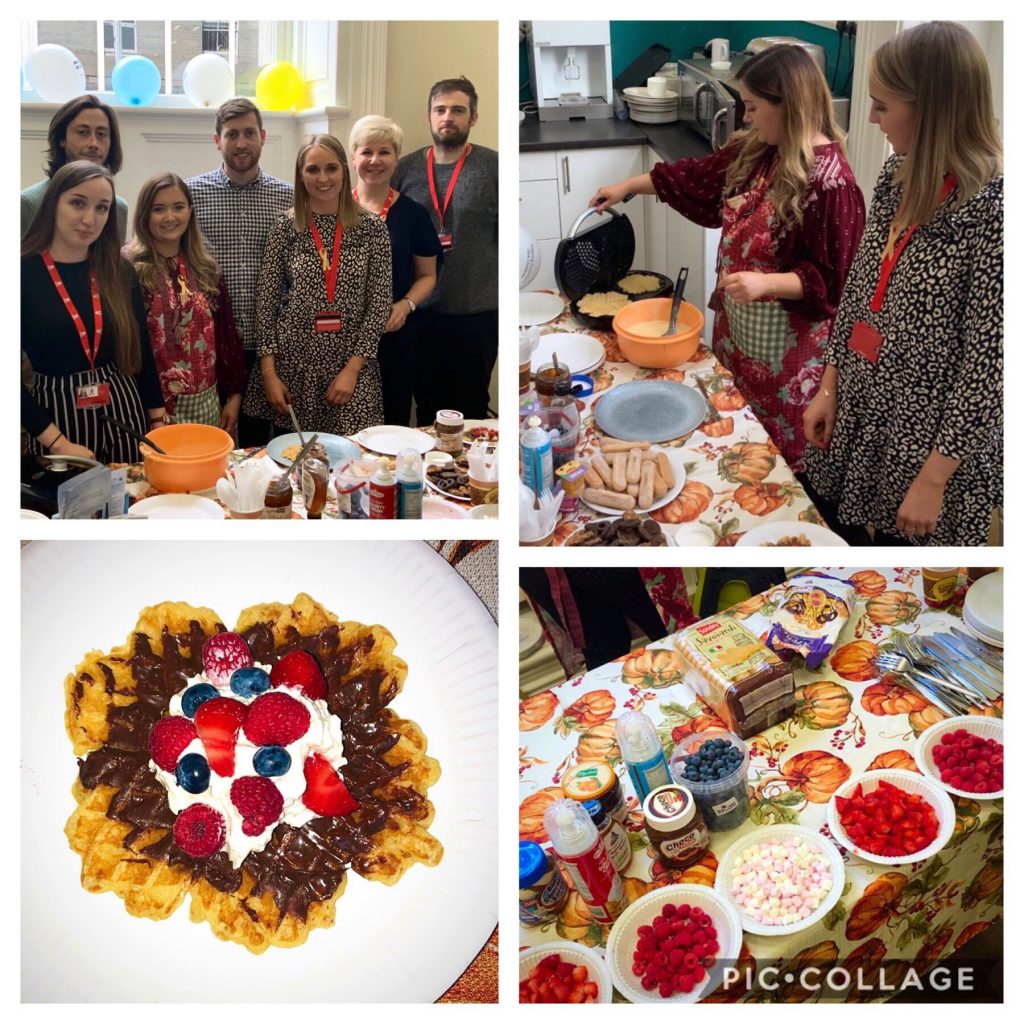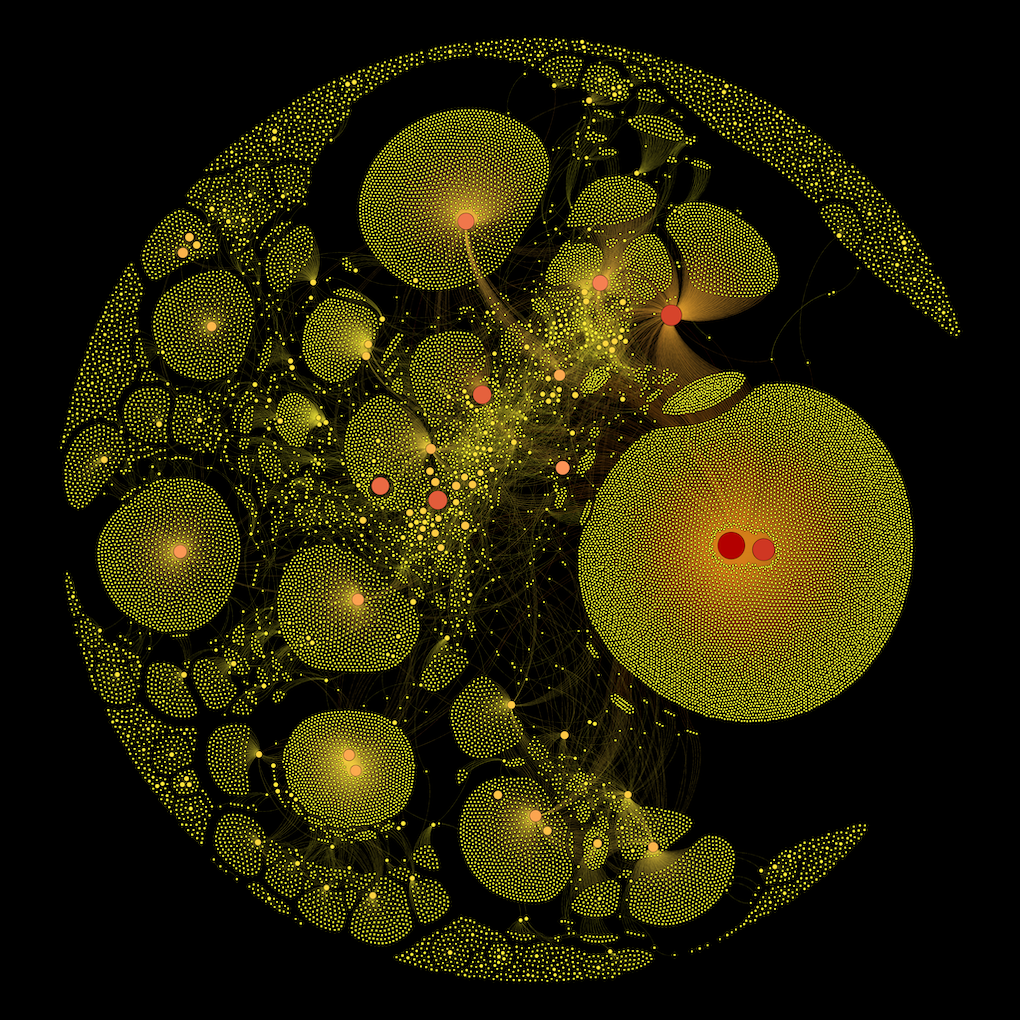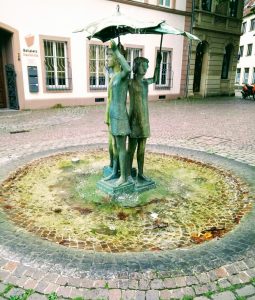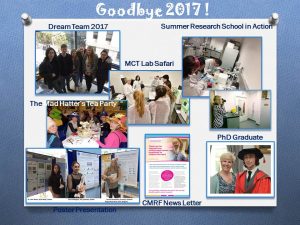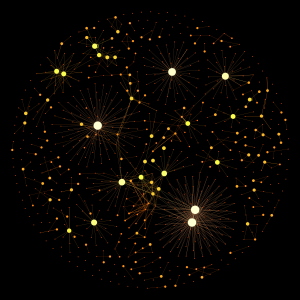If I was to write this 6 months ago, my life as a researcher would be very different.
Here is a little snippet of my ‘new normal’ day getting back into the lab as a 2nd year PhD student in the Cancer Bio-Engineering group post-lockdown.
Although, in general the day-to-day life as a scientist can vary massively. So I would like to say I already had a flexible schedule pre-pandemic. This made adapting to the world of our ‘new normal’ a little easier.
I commute to RCSI by Luas. I spend the morning carrying out my essential lab work in our new environment of 2-metre social distancing and face masks. Lunch is a little lonely these days with single tables in the previous busy 1784 restaurant. Although, RCSI’s campus is in the heart of Stephens green making it a fantastic location to stroll to the park for a coffee in between experimental incubation times. Great for catching the last of the summer sunshine! When all lab work is finished I come home to my new makeshift WFH office where I have a new furry work colleague to help me get through the evening data analysis and reading.
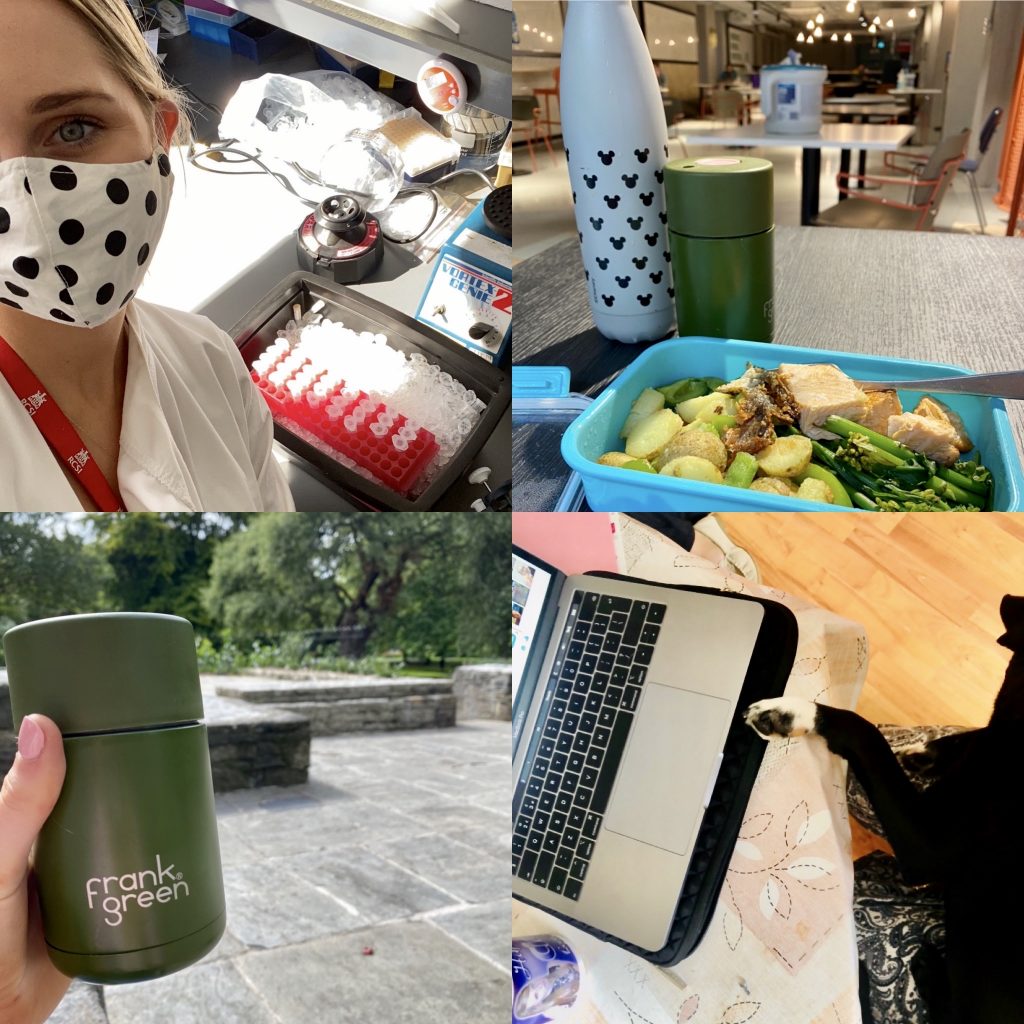
The research consists of days of highs and lows. Behind all the failures come successes making the hard work all worthwhile!
Ciara Gallagher, the IRC funded PhD student


